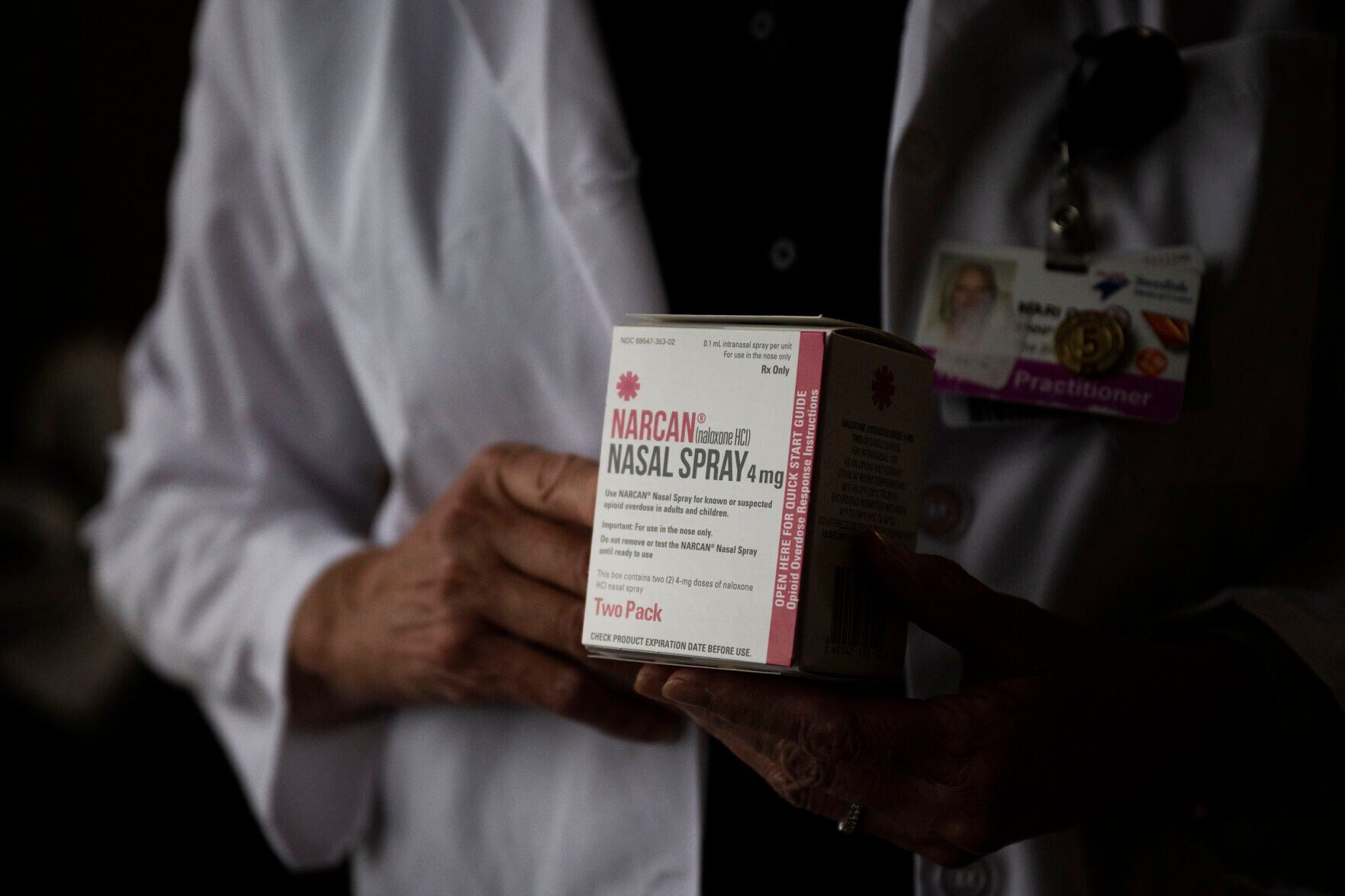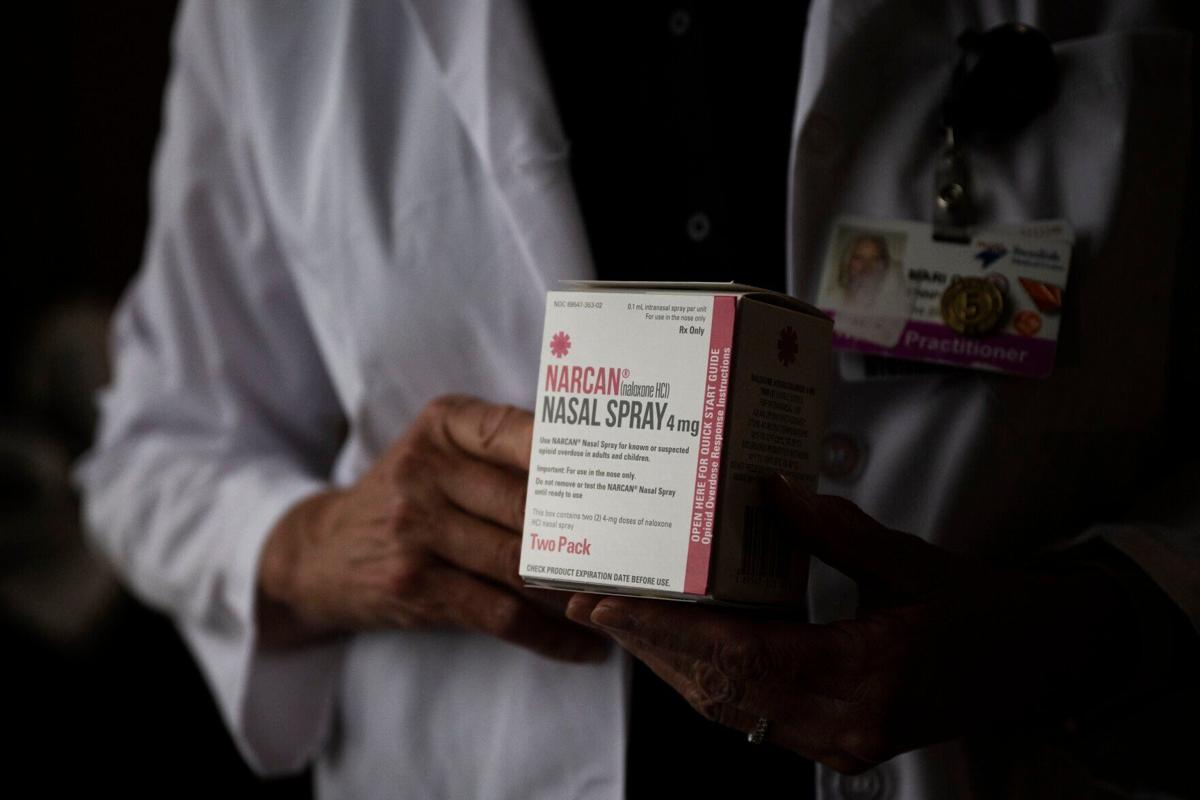Requests for Narcan in Denver skyrocketed after Commerce City deaths

Denver began mailing free naloxone to its residents in September. Over the next six months, the program received roughly 500 requests through its website, coordinator Marion Rorke said.
Then, in February, just as Rorke’s team smoothed out its website and ordering process, five people fatally overdosed on fentanyl in Commerce City. Demand for the naloxone, a medication used to reverse opioid overdoses, exploded as media attention fixated on the deaths and linked to the city’s free program. After fielding 500 requests in six months, Rorke’s team clocked 1,200 in one day.
“Prior to that, I would just drive them to people’s houses,” said Rorke, who officially is the substance-use resource coordinator for Denver’s health department. The deaths in Commerce City brought awareness to the program and the importance of having “those resources, for themselves and others.”
Naloxone distribution has become one the most common — and least controversial — harm-reduction efforts deployed by states and public health officials to curb the nationwide overdose crisis that’s now being fueled by fentanyl. Pharmacists in many states can distribute it without a prescription, harm-reduction agencies hand it out for free, and many Colorado emergency rooms now dispense it to at-risk patients and their families. The state has a bulk-purchase fund to pay for naloxone, and the legislature set aside nearly $20 million in May to replenish those stores.
Fentanyl’s prevalence in the street supply makes naloxone distribution and access all the more critical, officials say, and its potency underscores why users shouldn’t use alone and why stigma needs to be combatted. Fentanyl has largely supplanted heroin as the dominant illicit opioid, meaning that people with opioid-use disorder must seek it out to avoid the crippling effects of withdrawal.
Naloxone is safe and relatively easy to use. It’s most often distributed in a nasal spray that can be delivered straight into a person’s nostril. It’s not cheap: One kit containing two doses has typically cost $70, Rorke said, though that just recently dropped to $44. Most insurers cover it, but for varying prices; she said her previous insurer told her it would cost $175 for a kit.
Grant funding, federal pandemic stimulus money, general fund dollars and shipments from the state’s bulk supply keep Denver’s program afloat, Rorke said.
Any Denver resident can order free naloxone and fentanyl test strips from the city’s website. Denver’s Harm Reduction Action Center also provides a map of other places in the metro to obtain the medication, and there’s a standing order for naloxone across Colorado, meaning that anyone in the state can purchase it from any pharmacy here that sells it. Users, their families and loved ones, or anyone else, can order or purchase it to have on hand in case of an emergency.
While access at every point is important, direct distribution to people is critical, officials have said; simply writing a prescription for naloxone often isn’t enough. Don Stader, an addiction medicine doctor who launched a program to provide naloxone to hospital patients, has said as few as 2% of patients with a naloxone prescription actually get it filled at the pharmacy.
The goal of this sort of program is simple, Rorke and others have said: Give people all the tools possible to keep users alive, in a supportive way. A user can’t get treatment if they’re dead.
“Regardless of where you come from in life, the reality is people are going to use drugs,” Rorke said. ” … We’re trying to equip people with the tools they need, to meet them where they are in terms of their substance use, because if somebody dies, they can never enter recovery.”
From February, when the Commerce City deaths were reported, through the end of March, Rorke’s team received more than 5,000 requests, she said. That backed up shipments — it’s generally been Rorke, an intern and whoever else she could wrangle packaging up doses and test strips — but they’re now caught up again. Requests have declined as media attention has shifted and the people who ordered a just-in-case dose don’t need replenishment.
Rorke said the city is now targeting specific communities that are at disproportionate risk of overdosing, and they’re delivering them in person or through community organizations, rather than just via online ordering. People who order the free naloxone via the city’s website can choose to offer their demographic information, which helps the city get a sense of targeted need.
“This saves lives,” Rorke said, “and we want as many people as possible to have it so people don’t die.”




